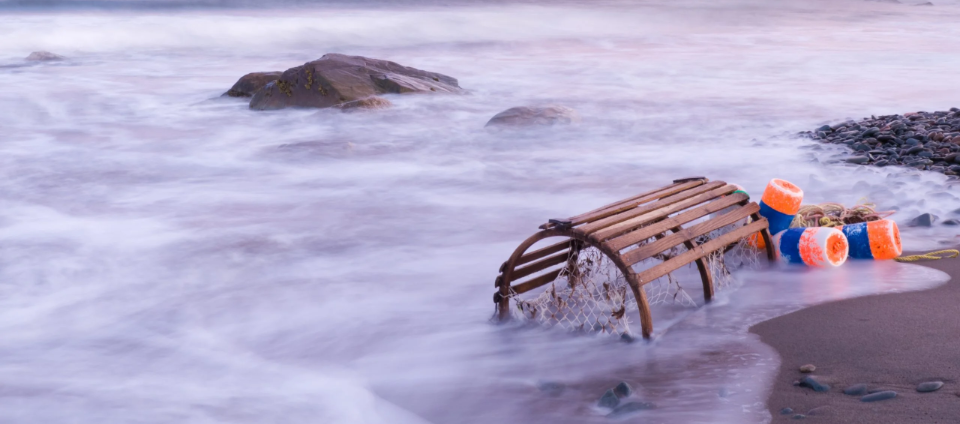
Plastic pollution in the sea
If we want to reduce plastic pollution in the ocean, we need to tackle the problem where it is greatest. Over 70% of macroplastics ending up in the ocean originate from fishing gear.
Global plastic production has reached an alarming level of over 400 million tonnes annually, used for various industrial and consumer purposes. A worrying consequence of this extensive use is the enormous amount of plastic waste that ends up in our oceans. At least 14 million tonnes of plastic end up in marine ecosystems every year, accounting for around 80% of all marine litter – from the ocean surface to the deepest ocean sediments.
The consequences of this uncontrolled plastic pollution are widespread and devastating. Countless marine species fall victim to plastic waste – either by ingesting it or becoming entangled in it, causing serious damage and fatalities in these fragile ecosystems. The problem does not stop at the ocean. Plastic pollution also poses a serious threat to food safety and quality, affecting not only marine life but also human health.
In addition to the acute environmental and health problems, plastic pollution contributes significantly to climate change. The production and waste management of plastic generates large amounts of greenhouse gas emissions, exacerbating the already serious climate change threats to our planet.
To address these complex challenges, there is an urgent need for global and binding agreements to combat marine plastic pollution. This is a transboundary problem that requires a joint, international effort to limit its catastrophic consequences. Only through cooperation and binding action can we turn the tide and protect our oceans, our food systems, our health – and the future of our planet.
At NorTrap, we have developed a solution that prevents the loss of fishing gear and ensures that both fishing equipment and catch remain with the rightful owner.

